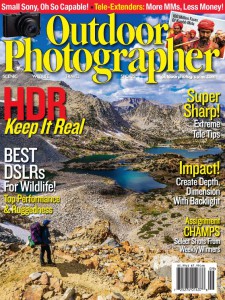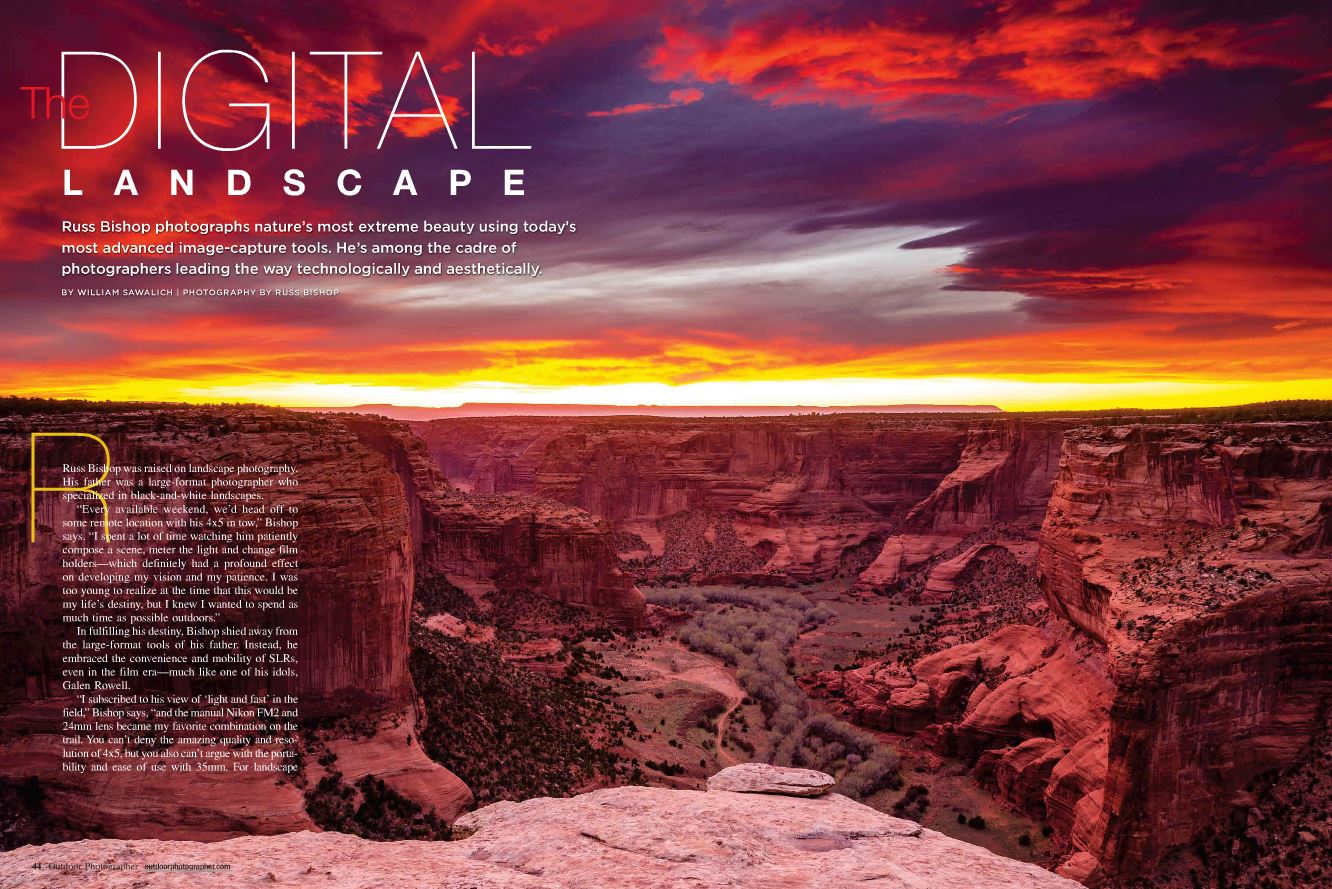
Hiker at the colorful Cedar Breaks Amphitheater, Cedar Breaks National Monument, Utah
There’s a popular climb at Joshua Tree called “Figures on a Landscape” that got me thinking about the connection between man and the environment. Not so much from an environmental standpoint (this could fill numerous posts), but photographically speaking. The climb is not long by Yosemite standards, but the lack of apparent holds on the colorful granite creates the illusion of climbers floating on a much larger stone palette.
Landscape photography can often portray the natural world in abstract even with the best intentions of preserving its true form. It’s the nature of the beast – and that’s fine when you’re creating intentional abstracts or scale is irrelevant. Perspective control lenses and software can correct bending horizons and converging trees to create a more accurate representation if necessary, but there isn’t much else in nature that conforms to our linear way of thinking.
Don’t get me wrong, that’s a good thing! Nature should be wild and chaotic and unpredictable, and in most cases that’s exactly what we’re hoping to capture. But there are times when this can also lead to confusion with our audience. When you’re trying to convey a sense of scale such as the immensity of the Grand Canyon or the vastness of the night sky the simple inclusion of a person in the frame can give your image an instant focal point and more importantly, a sense of perspective.
©Russ Bishop/All Rights Reserved



